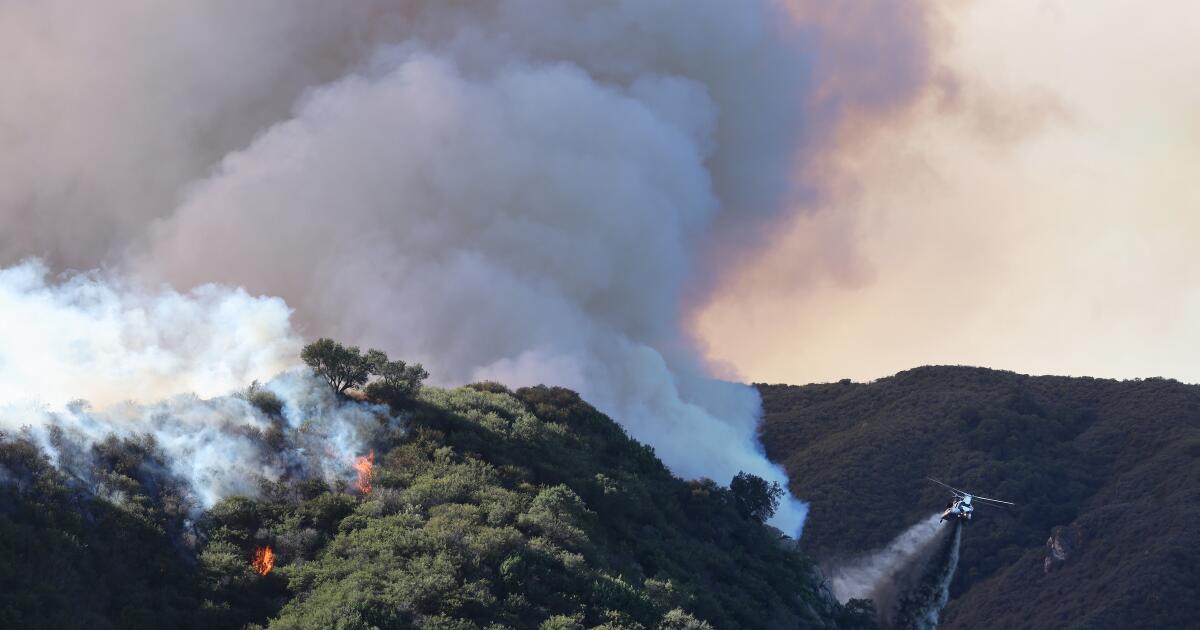Factbox-Foreign forces in Syria and how they got there

(Reuters) – The resurgence of fighting in Syria has highlighted the role of foreign countries in the country. Turkey, Iran, Russia and the United States have all sent troops to Syria since 2011, while Israel regularly attacks Syrian airspace.
Here is the base of the foreign forces in Syria.
GARLIC
Turkey has deployed troops in northwestern Syria – an area controlled by Syrian rebel groups that rebelled against President Bashar al-Assad in 2011. Turkey, which strongly supported the 2011 uprising, supports some of these groups.
Trusted and exciting news every day, right in your inbox
See for yourself — Yodel is your go-to source for daily news, entertainment and exciting news.
One of Turkey’s main goals has been to weaken the Syrian Kurdish armed groups that carved out independent areas along the Turkish border during the civil war. Ankara views Kurdish groups in Syria as an extension of the Kurdish Workers’ Party (PKK), which has been waging attacks in Turkey since 1984.
Ankara considers the PKK a terrorist group.
One of Turkey’s main concerns is getting home some of the 3 million Syrians who fled to Turkey during the war, most of them from the Aleppo region.
Turkey has installed four operations in Syria since 2016.
It first clashed with the jihadist Islamic State group and the Syrian Kurdish YPG, a Syrian Kurdish group and the leader of another military group, the Syrian Democratic Forces (SDF).
Turkey’s presence increased in 2017 when it struck a deal with Russia and Iran that led to Turkish troops being deployed in 12 positions in the rebel-held region northwest of Idlib.
This was followed in 2018 by an offensive against SDF-controlled Afrin, and in 2019 by incursions into SDF territory between the border towns of Ras al Ain and Tel Abyad.
The following year, Turkey poured thousands of troops into the Idlib region to stop an offensive by Russian-backed Syrian government forces targeting the rebels.
Damascus views Turkey as a predatory power.
IN RUSSIA
Russia intervened militarily on Assad’s side in 2015, in its biggest offensive in the Middle East since the fall of the Soviet Union. Operating from an airbase in Latakia province, Russia’s air power has tilted Assad’s way into the conflict.
Linked to Iran, the deployment has increased Russia’s military presence since the Cold War, when the Soviet Union established a naval base in the Syrian port of Tartus.
Russian troops have also been present on the ground in government-held areas, where Russian military police have deployed during efforts to defuse the fighting.
Russia continues to support Assad, Kremlin says.
IRAN AND ZWANE
Iran sent its Revolutionary Guards to Syria in early 2012 to help Assad. Lebanon’s Hezbollah, supported by Iran, has played a major role.
In Iran, Assad is an important ally, part of the “Axis of Resistance” to Israel and US influence in the Middle East.
Tehran’s relationship with Damascus has allowed Iran to spread its influence in the country’s corridor from its western border through Iraq to Lebanon.
Iranian Foreign Minister Abbas Araqchi in an Arabic language interview on December 3 that Tehran will consider sending troops to Syria if Damascus asks.
Tehran has always described the Iranian military as playing an advisory role at the invitation of the Damascus government.
Alongside the Iranians and Lebanon’s Hezbollah, other Tehran-backed Shi’ite Islamist groups have played an important fighting role. They included groups from Afghanistan and Iraq.
Hezbollah withdrew its troops from Syria and returned to Lebanon as its war with Israel escalated since mid-October, Reuters reported. Despite a ceasefire agreement reached last week, Hezbollah does not currently intend to send troops to northern Syria to support the Syrian army, Reuters reported.
The presence of Iran-backed and Iranian-backed forces in Syria has been a major concern for Israel, which has led to frequent airstrikes in Syria.
THE UNITED STATES
US military intervention in Syria began in 2014 with airstrikes against the Islamic State jihadist group that had declared its rule over a third of Syria and Iraq.
Initially a small force of US special forces was sent to Syria, working with the SDF, fighting to expel the Islamic State from the areas it had captured in the north and east of Syria.
Declaring the war with the Islamic State nearly won, Trump announced in 2018 that he wanted to withdraw American troops.
But the plan was softened within a year after facing criticism for leaving a gap to be filled by Iran and Russia.
US troops remain in Syria and continue to support the SDF.
US military positions and personnel in northeastern Syria remain critical to ensuring that the Islamic State does not re-emerge, US Ambassador Robert Wood told the Security Council on 3 December.
US troops are also stationed in the Syrian outpost of Tanf near the border crossing between Jordan and Iraq, where they are supporting the Syrian rebel army to fight the Islamic State in the area.
Assad’s government considers US troops as occupiers.
About 900 US troops are in the country, mainly in the northeast.
(Written by Tom Perry)
Source link


